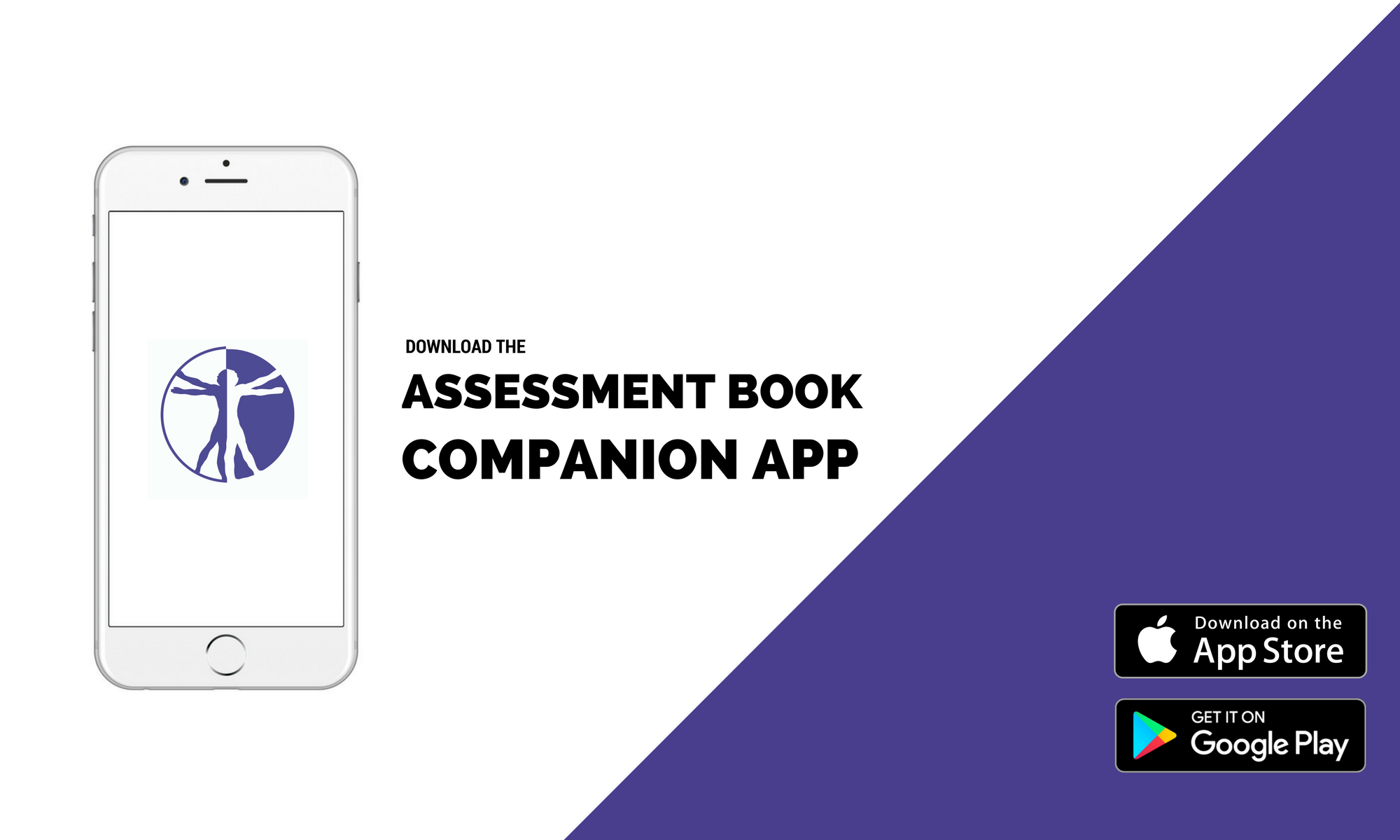PROM is usually done when you can observe limited ROM during AROM. The goal of PROM is to obtain the end-feel of the joint to determine what is limiting full range of motion. The following table shows an overview of „normal“ and „abnormal“ kinds of end-feels:
| End Feel | Example |
| NORMAL | |
| Hard (Ligamentous) Soft tissue approximation Tissue stretch |
Elbow extension Knee flexion Ankle dorsiflexion, shoulder lateral rotation, finger extension |
| ABNORMAL | |
| Early muscle spasm
Late muscle spasm ‘Mushy’ tissue stretch |
Protective spasm following injury
Spasm resulting from instability or pain Tight muscle |
The normal end-feel for different movements is as follows:
Abduction: Bone to bone or tissue stretch
Horizontal adduction: Tissue stretch
Flexion: Tissue stretch
Extension: Tissue stretch
Lateral/External Rotation in 90° of abduction: Tissue stretch
Medial/Internal Rotation in 90°: Tissue stretch
Note: As the shoulder is a complex structure consisting of four different joints, it is necessary to fixate properly if your goal is to look for limitations in one particular joint.
|
Study |
Reliability | Sn | Sp | LR+ |
LR- |
| Werner et al. (2014): visual estimation, healthy subjects |
Inter ICC=0.61 |
NA | NA | NA |
NA |
| Werner et al. (2014): visual estimation, symptomatic subjects |
Inter ICC=0.72 |
NA | NA | NA |
NA |
| Werner et al. (2014): goniometer, healthy subjects |
Inter ICC=0.69 |
NA | NA | NA |
NA |
| Werner et al. (2014): goniometer, symptomatic subjects |
Inter ICC=0.79 |
NA | NA | NA |
NA |
| Werner et al. (2014): smartphone, healthy subjects |
Intra ICC=0.80 |
NA | NA | NA |
NA |
| Werner et al. (2014): smartphone, symptomatic subjects |
Inter ICC=0.89 |
NA | NA | NA |
NA |
![]()
